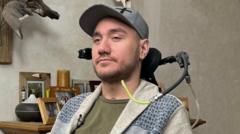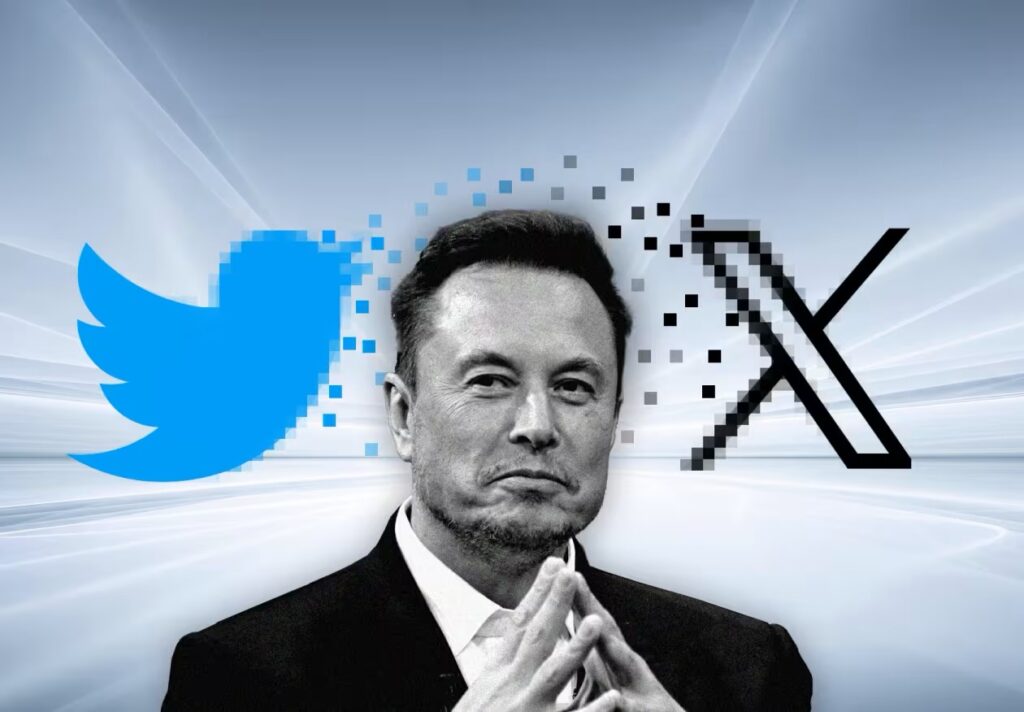In January 2024, Noland Arbaugh's life took a transformative turn as he became the first recipient of the mind-reading chip developed by Neuralink, the neurotechnology company co-founded by Elon Musk. Eight years after a diving accident left him paralyzed below the shoulders, Noland's experience with the advanced brain-computer interface (BCI) exemplifies the potential and risks of merging technology with human cognition.
The device functions by interpreting the electrical impulses of the brain, converting thoughts of movement into digital commands to control a computer. Noland emphasized that while Elon Musk's involvement draws considerable attention, the true focus is on the scientific advancements and the improvements they can bring to individuals with disabilities.
Noland, who feared he might never regain control over his life, expressed optimism about the Neuralink implant, stating, “If everything works out, I could help by being a participant in Neuralink.” Following surgery, he reported an astonishing breakthrough, able to manipulate a cursor simply by thinking about moving his fingers. “I didn’t know what to expect—it sounds so sci-fi,” he remarked, yet the functionality quickly began restoring some of his former independence.
With time, Noland's skills using the chip progressed to a remarkable level; he now not only navigates computers but also plays chess and video games—activities he once feared lost after his injury. “Now I’m beating my friends at games,” he joyfully shared, highlighting the life-changing potential of this technology.
However, several experts remain cautious, raising concerns regarding personal privacy. Anil Seth, a professor of neuroscience at the University of Sussex, warned that such devices could risk exposing thoughts and beliefs. As technology evolves, Noland is hopeful that his chip could eventually allow him to control his wheelchair or autonomously navigate semi-intelligent robots.
Despite the significant promise, the journey has not been flawless. Noland faced a moment of distress when he temporarily lost connectivity with his device due to a malfunction. Thankfully, Neuralink's engineers were able to resolve the problem, although this incident emphasized the limitations of current BCI technology.
Neuralink is part of a growing marketplace of companies in the neurotechnology field, including Synchron, which has developed a less invasive device for similar purposes. The emergence of these technologies offers hope for individuals living with paralysis, even as questions about long-term functionality and potential ethical concerns loom over the industry.
Noland's participation in the Neuralink study is set for six years, after which his future with the device remains uncertain. He believes that his current experience may only scratch the surface of what future neurotechnology can achieve. “We know so little about the brain, and this is allowing us to learn so much more,” he concluded, embodying the exciting yet complex landscape of merging human cognition with cutting-edge technology.
The device functions by interpreting the electrical impulses of the brain, converting thoughts of movement into digital commands to control a computer. Noland emphasized that while Elon Musk's involvement draws considerable attention, the true focus is on the scientific advancements and the improvements they can bring to individuals with disabilities.
Noland, who feared he might never regain control over his life, expressed optimism about the Neuralink implant, stating, “If everything works out, I could help by being a participant in Neuralink.” Following surgery, he reported an astonishing breakthrough, able to manipulate a cursor simply by thinking about moving his fingers. “I didn’t know what to expect—it sounds so sci-fi,” he remarked, yet the functionality quickly began restoring some of his former independence.
With time, Noland's skills using the chip progressed to a remarkable level; he now not only navigates computers but also plays chess and video games—activities he once feared lost after his injury. “Now I’m beating my friends at games,” he joyfully shared, highlighting the life-changing potential of this technology.
However, several experts remain cautious, raising concerns regarding personal privacy. Anil Seth, a professor of neuroscience at the University of Sussex, warned that such devices could risk exposing thoughts and beliefs. As technology evolves, Noland is hopeful that his chip could eventually allow him to control his wheelchair or autonomously navigate semi-intelligent robots.
Despite the significant promise, the journey has not been flawless. Noland faced a moment of distress when he temporarily lost connectivity with his device due to a malfunction. Thankfully, Neuralink's engineers were able to resolve the problem, although this incident emphasized the limitations of current BCI technology.
Neuralink is part of a growing marketplace of companies in the neurotechnology field, including Synchron, which has developed a less invasive device for similar purposes. The emergence of these technologies offers hope for individuals living with paralysis, even as questions about long-term functionality and potential ethical concerns loom over the industry.
Noland's participation in the Neuralink study is set for six years, after which his future with the device remains uncertain. He believes that his current experience may only scratch the surface of what future neurotechnology can achieve. “We know so little about the brain, and this is allowing us to learn so much more,” he concluded, embodying the exciting yet complex landscape of merging human cognition with cutting-edge technology.

















